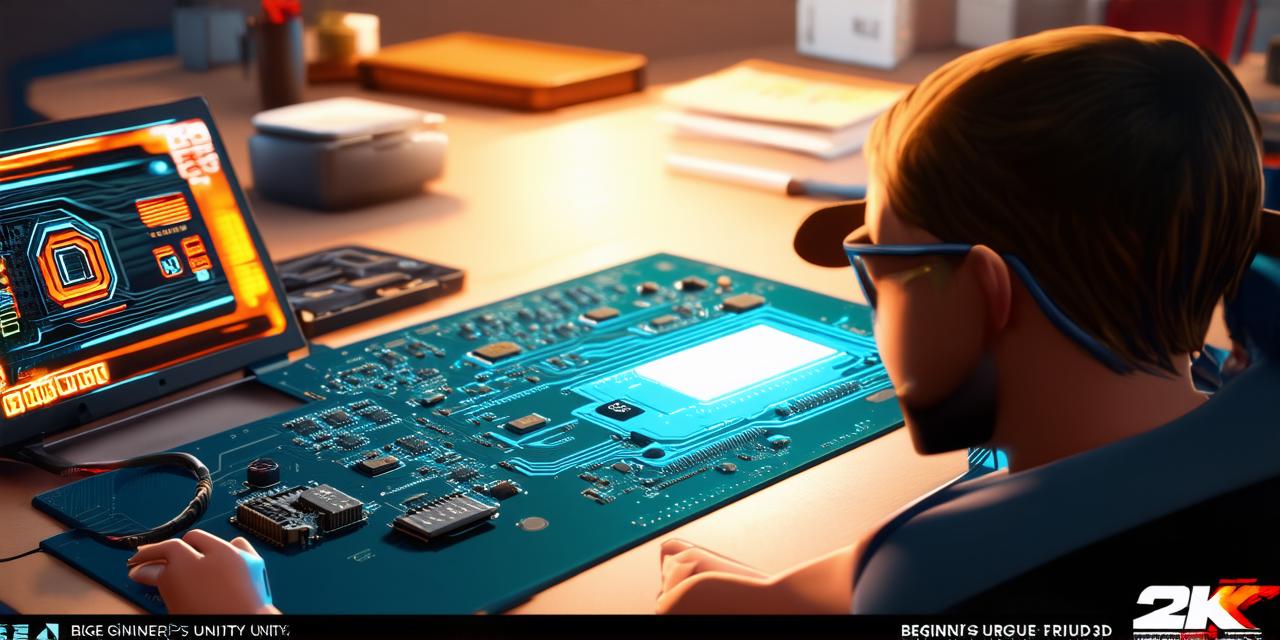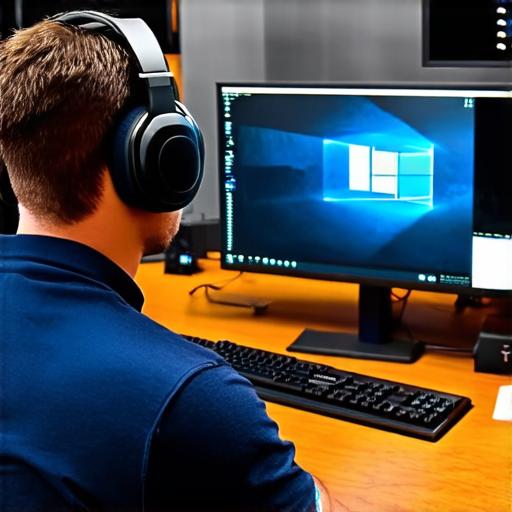
Are you a beginner looking to create your own game using Unity 3D? Look no further! In this guide, we will take you through the step-by-step process of creating a simple 2D platformer game in Unity. We will also cover some best practices and tips for beginners to help you get started on your journey to becoming a game developer.
What is Unity 3D?
Unity 3D is a popular game engine that allows developers to create games for a variety of platforms, including PC, mobile, consoles, and VR. It has a large community of developers and offers a wide range of tools and assets to help you create your games. Unity 3D is known for its simplicity and ease of use, making it a great choice for beginners.
Getting Started with Unity 3D
Before we dive into the process of creating a game, let’s take a look at some of the basic requirements for getting started with Unity 3D:
- Install Unity Hub: Unity Hub is a desktop application that provides easy access to all of your Unity projects and assets. You can download it from the Unity website.
- Choose a template: Unity offers a variety of templates that you can use as a starting point for your game. These templates include pre-built assets and scripts that you can customize to fit your needs. There are several free templates available, including 2D platformers, action games, and puzzle games.
- Create a new project: Once you have installed Unity Hub and chosen a template, you can create a new project by clicking on the “New Project” button in Unity Hub. You will be prompted to select a template and give your project a name.
- Set up your game scene: The game scene is where you will create the actual game. You can add objects, characters, and other elements to the scene using the Unity editor. The Unity editor is an intuitive and user-friendly interface that allows you to create and edit your game scenes visually.
- Write scripts: Scripts are used to control the behavior of objects in your game. You can write scripts using C or JavaScript. There are also several built-in MonoBehaviour components that you can use to create simple games without writing any code.
Creating a 2D Platformer Game
Now that you have an idea of what it takes to get started with Unity 3D, let’s dive into the process of creating a simple 2D platformer game:
- Choose your assets: Unity offers a wide range of assets that you can use in your game. For a 2D platformer, you will need things like characters, backgrounds, and platforms. You can find these assets in the Asset Store or create them yourself using tools like Adobe Photoshop. There are also several free asset packs available online that you can use to quickly add content to your game.
- Set up your game scene: Once you have your assets, you can set up your game scene by adding them to the Unity editor. You will need to position the objects, set their properties, and add any necessary scripts. The first step is to create the platform itself. This involves setting up the ground layer and adding any additional layers like walls or obstacles.
- Write scripts: To make your character move and jump, you will need to write scripts that control its behavior. You can use the built-in MonoBehaviour component in Unity to create these scripts. There are also several free script assets available online that you can use to quickly add basic gameplay functionality.
- Test and refine: As you work on your game, it’s important to test it regularly to ensure that everything is working as expected. You may need to make adjustments to your scripts or assets to fix bugs or improve gameplay. It’s also a good idea to solicit feedback from other developers or players to help refine your game.

Best Practices for Game Development with Unity 3D
Here are some best practices to keep in mind as you develop your game with Unity 3D:
- Keep it simple: Unity 3D is known for its simplicity and ease of use, so try to stick to basic concepts and avoid getting bogged down in complex code or assets.
- Optimize your game: Make sure to optimize your game for performance by reducing the number of draw calls, minimizing the use of particle effects, and avoiding unnecessary calculations.
- Use version control: Use version control software like Git to keep track of changes to your code and assets. This will make it easier to collaborate with other developers and revert to previous versions if needed.

